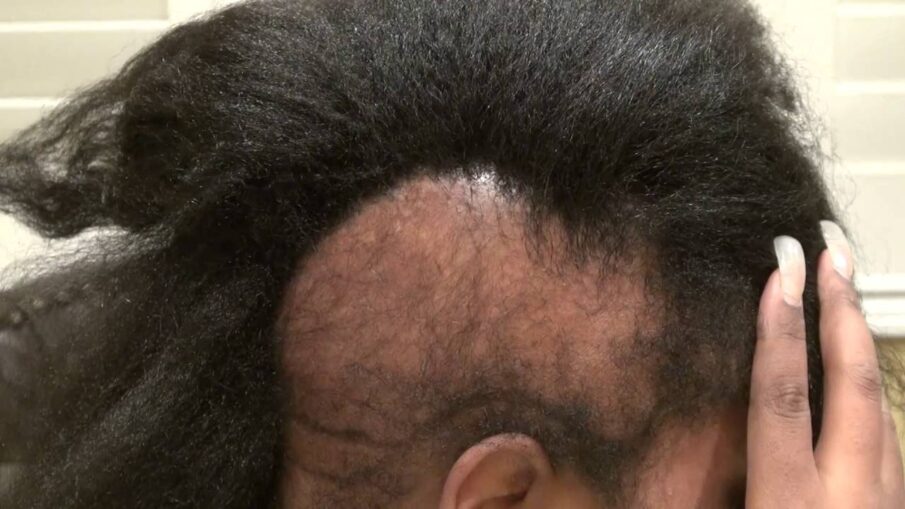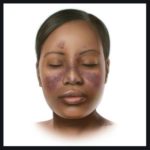Lupus also called SLE, systemic lupus erythematous is an inflammatory disease caused when the immune system attacks its own tissues. There’s currently no cure for lupus and it requires life-long management. Lupus is most commonly seen in women typically between the ages of 15 and 45. Many of the symptoms might come and go in waves and they are often called flare-ups. At times, symptoms of lupus might be mild or not noticeable. Other times, you could experience severe symptoms of the condition that heavily impact your daily life. Lupus is not a contagious disease. A person cannot transmit it sexually or in any other way to another person. So here are four early signs of Lupus
Symptoms
1. Fatigue: About 90 percent of people with lupus experience some level of fatigue. Although an afternoon nap does the trick for some people, but sleeping too much during the day can lead to insomnia at night. It may be difficult, but if you can remain active and stick to a daily routine, you may be able to keep your energy levels up. Speak to your doctor if you’re living with debilitating fatigue. Some causes of fatigue can be treated.
2. Hair loss: Thinning hair is often one of the first symptoms of lupus. Hair loss is the result of inflammation of the skin and scalp. Some people with lupus lose hair by the clump and more often, hair thins out slowly. Lupus can cause hair to feel brittle, break easily, and look a bit ragged, earning it the name “lupus hair.” Lupus treatment usually results in renewed hair growth. But if you develop lesions on your scalp, hair loss in those areas may be permanent.
3. Skin rash or lesions: According to an article by HEALTH LINE published on the 12th of November, 2018. One of the most visible symptoms of lupus is a butterfly-shaped rash that appears over the bridge of the nose and on both cheeks. It can occur suddenly or appear after exposure to sunlight. Sometimes the rash appears just before a flare-up. Many people with lupus are sensitive to the sun, or even to artificial lighting. Some experience discoloration in the fingers and toes.
4. Painful, swollen joints: Inflammation can cause pain, stiffness, and visible swelling in your joints, particularly in the morning. It may be mild at first and gradually become more obvious. Like other symptoms of lupus, joint problems can come and go. If pain medications don’t help, see your doctor. Your doctor will be able to determine if your joint problems are caused by lupus or another condition, such as arthritis.
The list of potential symptoms of lupus is lengthy. You can visit heathline.com to learn more about lupus or visit your doctor if you notice any of these symptoms for early diagnosis.



